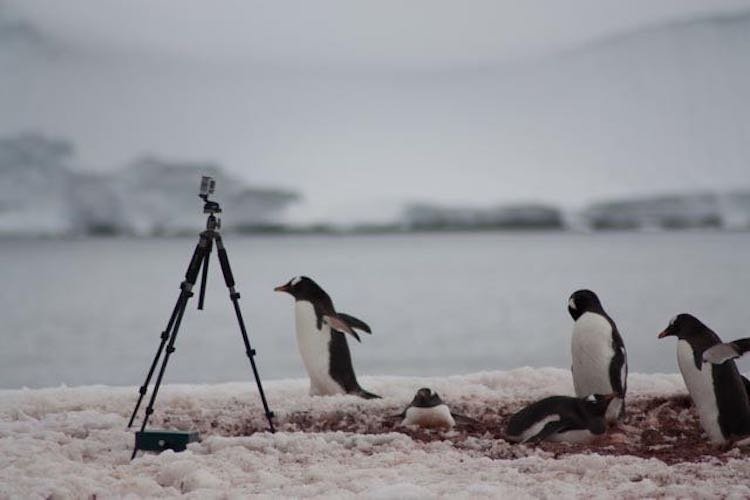
Research Questions
What is the distribution and abundance of biodiversity in Antarctica?
Despite its reputation for being hostile to life, Antarctic biodiversity is rich. We focus on the relatively small fraction of Antarctica’s biodiversity that is easily visible to the naked eye — the so-called ‘megafauna’. The questions we ask are simple but the answers are surprisingly hard. How many penguins are there in Antarctica? How many flying birds? How many seals? How many whales? Where are they distributed and why?
What drives the dynamics of Antarctic seabirds?
The abundance of Antarctic seabirds at each breeding colony fluctuates from one year to the next and over longer times scales in response to internal population dynamics and external factors such as weather and food availability. Understanding these dynamics is key to understanding how seabirds have responded to past changes in their environment and to forecasting their abundance into the future.
How do we protect Antarctic species from threats?
Antarctica is designated “a nature reserve, devoted to peace and science,” but it is hardly isolated from the challenges facing wildlife worldwide. Climate change, fishing, tourism, and even research itself can threaten wildlife and the ecosystem on which they depend. Even apart from the larger threat posed by a changing climate, Antarctic stakeholders must wrestle with the development of rational conservation measures to protect both terrestrial and marine environments. Much of our lab’s research is focused on linking the best available science to these difficult policy questions, and developing tools to empower stakeholders with the data they need to conserve Antarctica for future generations.